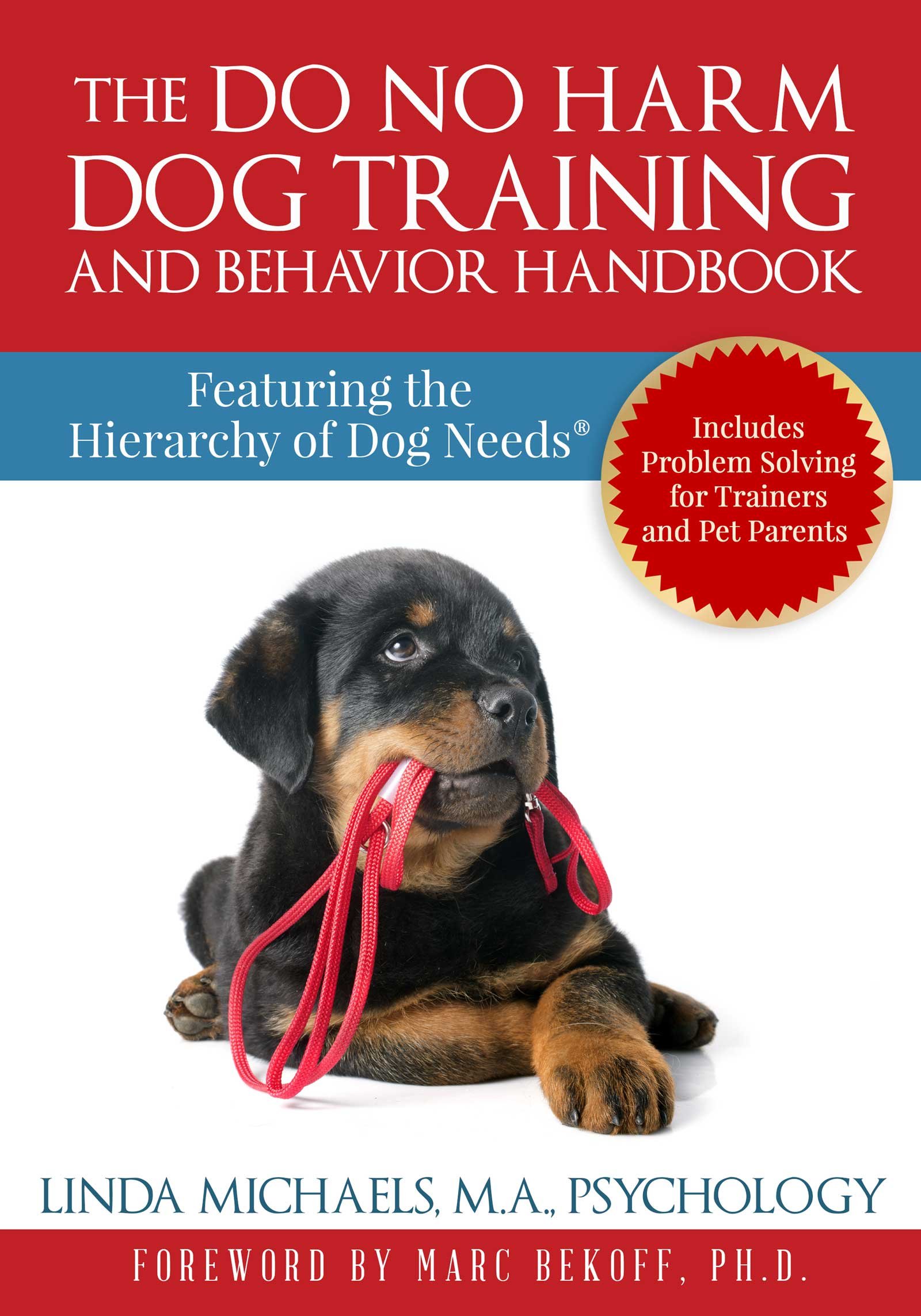Open Letter to Dog Trainers and Rescuers
Stop the pain… Stop the fear
“The use of shock does not bring dogs back from the brink of euthanasia; instead, it may send them there.” -Dr. Karen Overall (2013)
Dedication
We tried to look away but couldn’t. We saw the frightened, emotionally abandoned dogs who had been shocked, choked, pronged, and beaten down . . . some by cruelty and some with domination in the name of training. And in their eyes we saw bewilderment, fear, and an unspeakable sadness. We felt a deep sense of helplessness and cried out to the universe, “God, why don’t you do something?” And god responded reminding us, “I did do something. I sent you . . . and you . . . and you.”
~ Linda Michaels, MA, Psychology, author of The Do No Harm Dog Training and Behavior Handbook
The rationale against the use of shock and positive punishment is well established in scientific literature. Dr. Karen Weigle (2019), clinical psychologist, affiliated with the University of New Hampshire spoke out on shock saying, “This has gone on for this long because this is a population who cannot adequately speak for themselves.” Who will speak for the dogs? If not us, who? If not now, when?
Professional organizations caring for and treating sentient beings all have ethical codes guiding their members and detailing acceptable standards of care. The dog training industry and animals abandoned to rescue cry out for a Do No Harm ethic, both physically and emotionally.
As a wolfdog trainer and an aggression specialist, I am convinced that there is no justification for using collar devices designed to punish and cause pain; nor for using dominance, fear-inducing methods to train animals. Barring neurological damage or deficits, I have yet to see a case in my behavioral consulting practice that could not be effectively treated using non-aversive methods. Indeed, so-called red zone dogs are frequently ultra-sensitive to punitive training and become worse, not better, when the drive to aggress is not lessened but suppressed.
Frequently, animal abuse masquerades as dog training. Doing psychological or physical harm to a captive dog, points to a lack of skill and competence on the part of the trainer. There is no justification for harsh treatment or training with dogs, or any animal for that matter, unless one’s life or safety is in immediate danger. How can the average pet parent be expected to make a well-informed decision with regard to behavior modification tools when so many dog trainers, misinformed but well-meaning rescue professionals, and manufacturers of shock products misrepresent the true nature of their effects?
Rescues, take heed: In “Why Shock is Not Behavior Modification,” principal investigator Dr. Karen Overall (2013), editor of the Journal of Veterinary Behavior states, “The use of shock is not treatment for pets with behavioral concerns.” The popular myth that shock “saves lives” has no evidence to support it. Indeed, nothing could be further from the truth. Dr. Overall states unequivocally, “The use of shock does not bring dogs back from the brink of euthanasia; instead, it may send them there.”
Using punitive methods or devices in training can cause an increase in anxiety that often leads to further behavioral problems, resulting in pet parents relinquishing their animals to overflowing shelters.
Worldwide, progressive zoos and sanctuaries have moved away entirely from using punitive methods: Behavioral consultants, trainers and other professionals, ought to do the same for our pet dogs. A growing number of governments in progressive animal-welfare sensitive nations ban the use of these devices on pet dogs. There is no place for shock, prong, choke, or other aversive devices in animal training or rescue.
The Hierarchy of Dog Needs® concept as a wholistic system of care had been brewing within me for many years. I was in a rather unique position of responsibility that spurred me to speak out on behalf of the dogs. Basic needs are often not met or are under met. The Do No Harm ethic grows naturally from The Hierarchy of Dog Needs.
Together, we seek to move forward with sensible standardization of the dog care and training industry including theoretical and skill competency requirements, consumer transparency in advertising, professional accountability based squarely on humane treatment, and strengthening of the animal welfare laws in the United States and across the world.
By providing ethical standards and practices guidelines in the dog care and training fields, we can lead the way, making life easier and more joyful for our dogs and the people who love them.
First broadcast in the Silke Strasser podcast: Ethics in the work with dog. https://cba.fro.at/618306
Excerpts from The Do No Harm Dog Training and Behavior Handbook
Linda Michaels, M.A., Psychology.
CopyrightÓ2022LindaMichaels
Biography—Linda Michaels, MA, Psychology, renowned animal welfare advocate and creator of the internationally acclaimed Hierarchy of Dog Needs, is the author of the #1 Best Seller, The Do No Harm Dog Training and Behavior Handbook. Linda holds a master’s degree in Experimental Psychology, conducted laboratory research in behavioral neurobiology, and has many years of shelter experience working with the most difficult behavioral cases. Her unique combination of academic excellence and hands-on skills with dogs, wolfdogs, and the famed Belyaev foxes, creates a bridge between the worlds of research, dog trainers and pet parents. Find her in international trade magazines and as a featured expert in Psychology Today online, Newsweek online, Huffington Post Live, Dog-Centered Care and Wolf Dog Radio.


